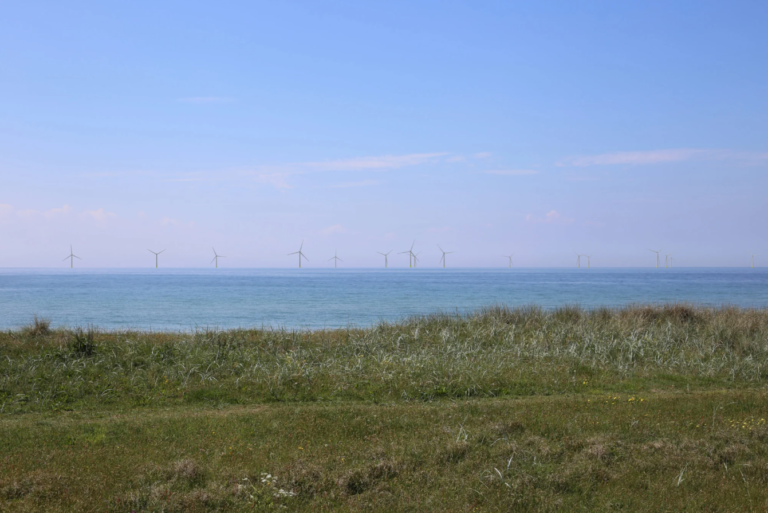Geotechnical Surveys Commence for 240 MW Jammerland Bugt Offshore Wind Farm in Denmark
Geotechnical surveys have commenced for the 240 MW Jammerland Bugt offshore wind farm in Denmark to support the final project design in preparation for construction work. After several months of geophysical surveys, scanning the seabed using 3D measurements, the next step in the development of the Jammerland Bugt offshore wind farm is the launch of the geotechnical surveys.
The investigations involve sampling the seabed via boreholes in the area where 16 wind turbines are planned to be installed, as well as along the cable corridor to land. The aim is to obtain detailed knowledge of the seabed conditions so that foundations and cable routes can be planned accurately and safely, said European Energy, which is developing the project in partnership with TotalEnergies.
Later this year, further surveys will be carried out for Jammerland Bugt, both at sea and on land, in connection with the planning of the export cables which will run from the site to the shore. These investigations are expected to continue until September.
“The launch of the geotechnical surveys marks an important step in translating the planning work into physical progress at sea. These investigations are essential for ensuring that the final design is both technically sound and well-adapted to local conditions,” said Andreas Karhula Lauridsen, VP and Head of Offshore Wind at European Energy.
Once the surveys are completed at the Jammerland Bugt area in July, the mobile drilling platform, a so-called jack-up, will be moved to the Lillebælt Syd site. The project is planned to comprise eleven wind turbines installed between Als and Helnæs.
Recently, the Danish Energy Complaints Board rejected complaints against the development of both offshore wind farms and said that the projects can continue as planned. Jammerland Bugt and Lillebælt Syd offshore wind farms are expected to be operational in 2029.

